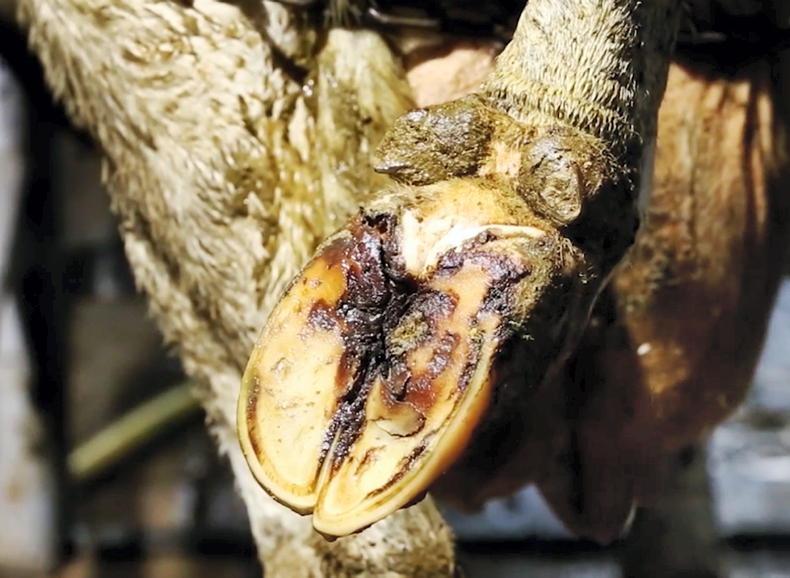At this stage, most spring-calving herds have more than 50% of their cows dried off and many are planning to dry off the remainder over the coming week or so.
Just because cows are housed doesn’t mean lameness is no longer an issue. With no long walks, it is sometimes harder to detect lame cows when they are being milked from a shed.
It is even harder to detect lame cows when they are dry and are not being moved or walked daily.
Other types
While the majority of lameness in Irish herds is caused by injury to the sole in one form or another and usually occur while walking to and from the paddock, other types of lameness can be common when housed.
Digital dermatitis is a serious and highly contagious disease but most herds don’t have it, and should try to keep it that way.
Condition
Other bacterial diseases such as foul of the foot are also common during the housed period and in some other cases injuries picked up while grazing may only present themselves now.
Early identification and treatment of lame cows during the dry period is critical not only to help cure the lameness early but also to ensure the cow builds up sufficient body condition score.
Lame cows spend a lot more time lying down and thus not eating and are therefore less likely to be maintaining, let alone building up body condition score.
It is good practice to run dry cows through a footbath weekly to clean and disinfect hooves and identify any slow-moving cows that need attention.
Keeping sheds and yards clean is also important because a lot of the causes of lameness are due to dirty conditions.
Run yard scrapers three or four times per day to make sure all passageways are clean and cows are not walking through excrement at the feed face.






 This is a subscriber-only article
This is a subscriber-only article










SHARING OPTIONS: